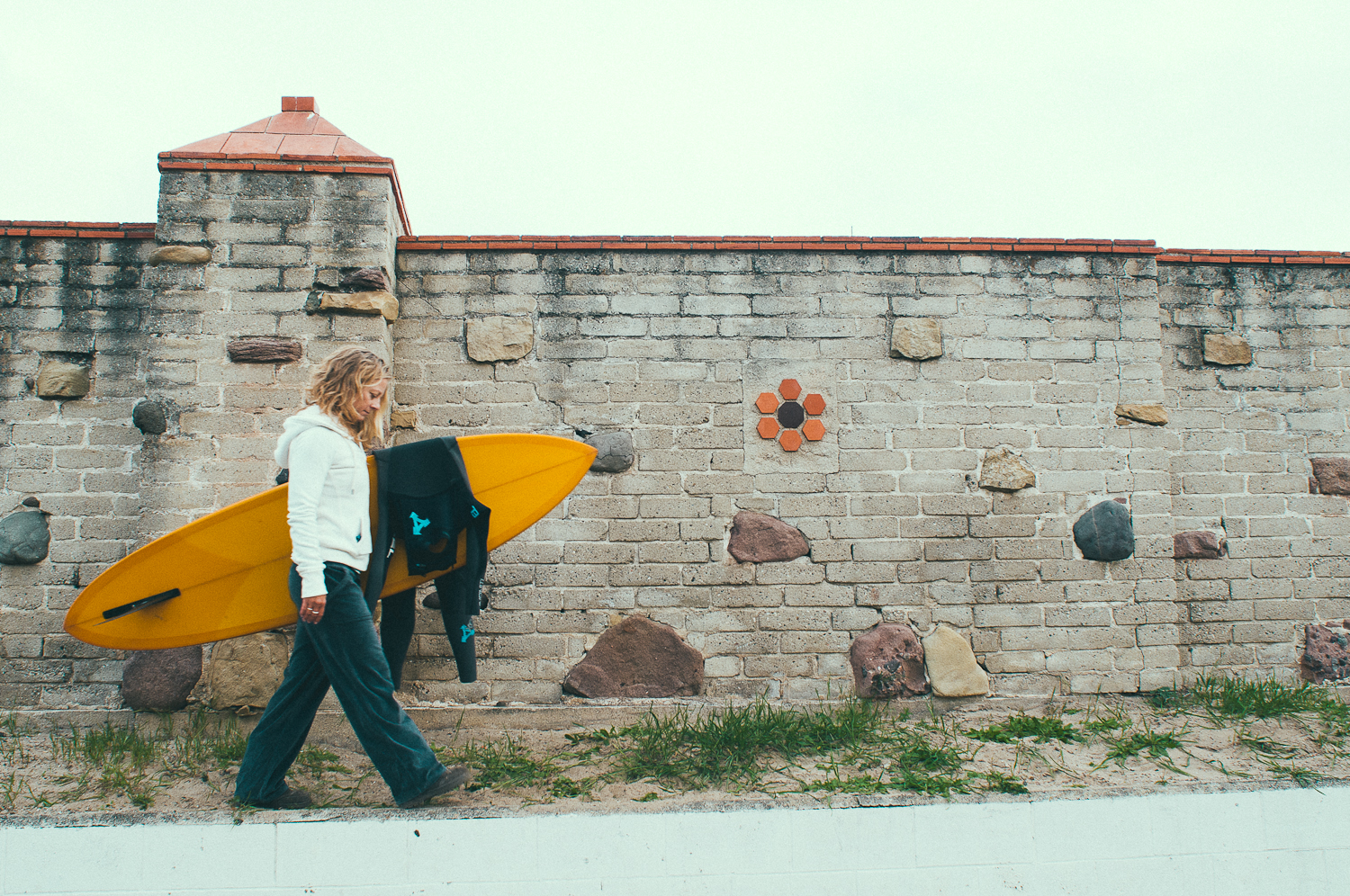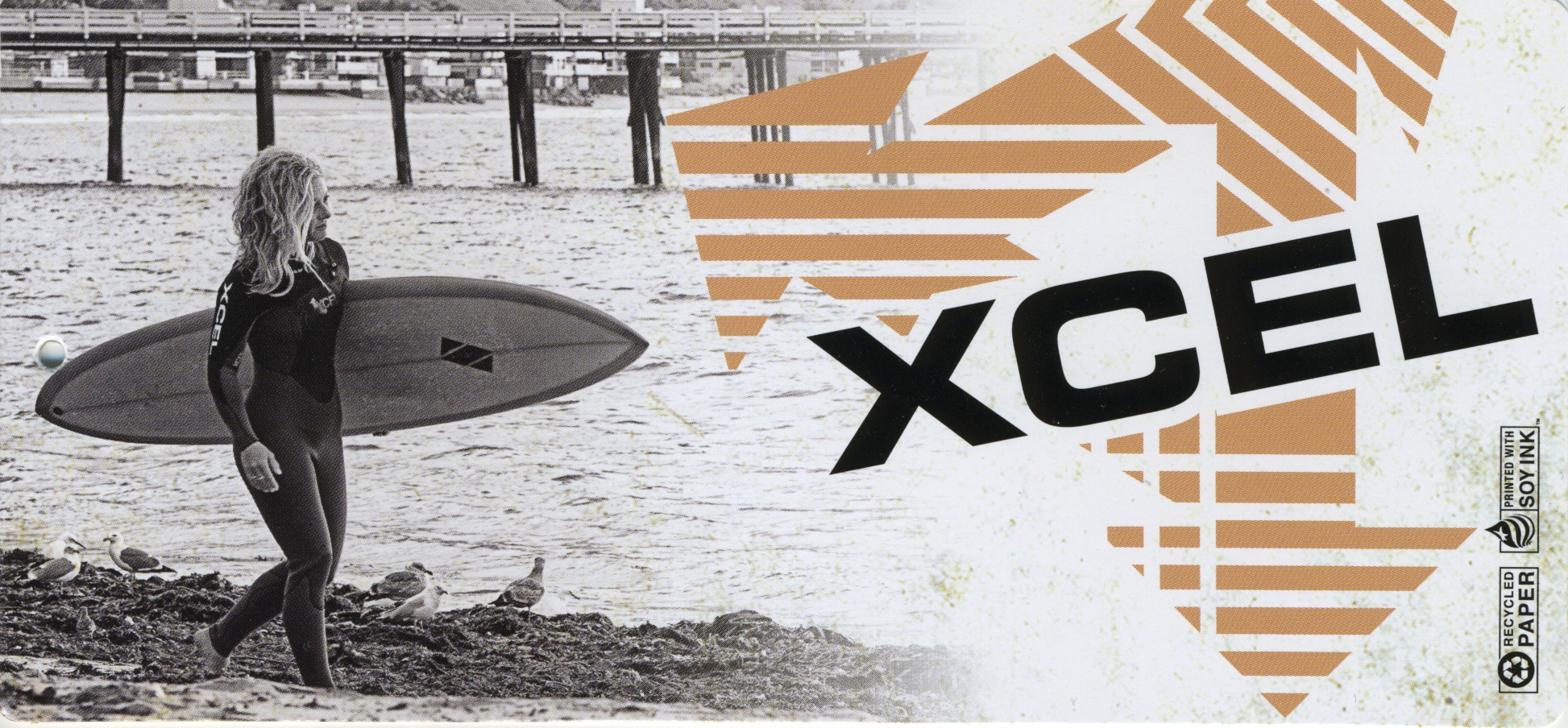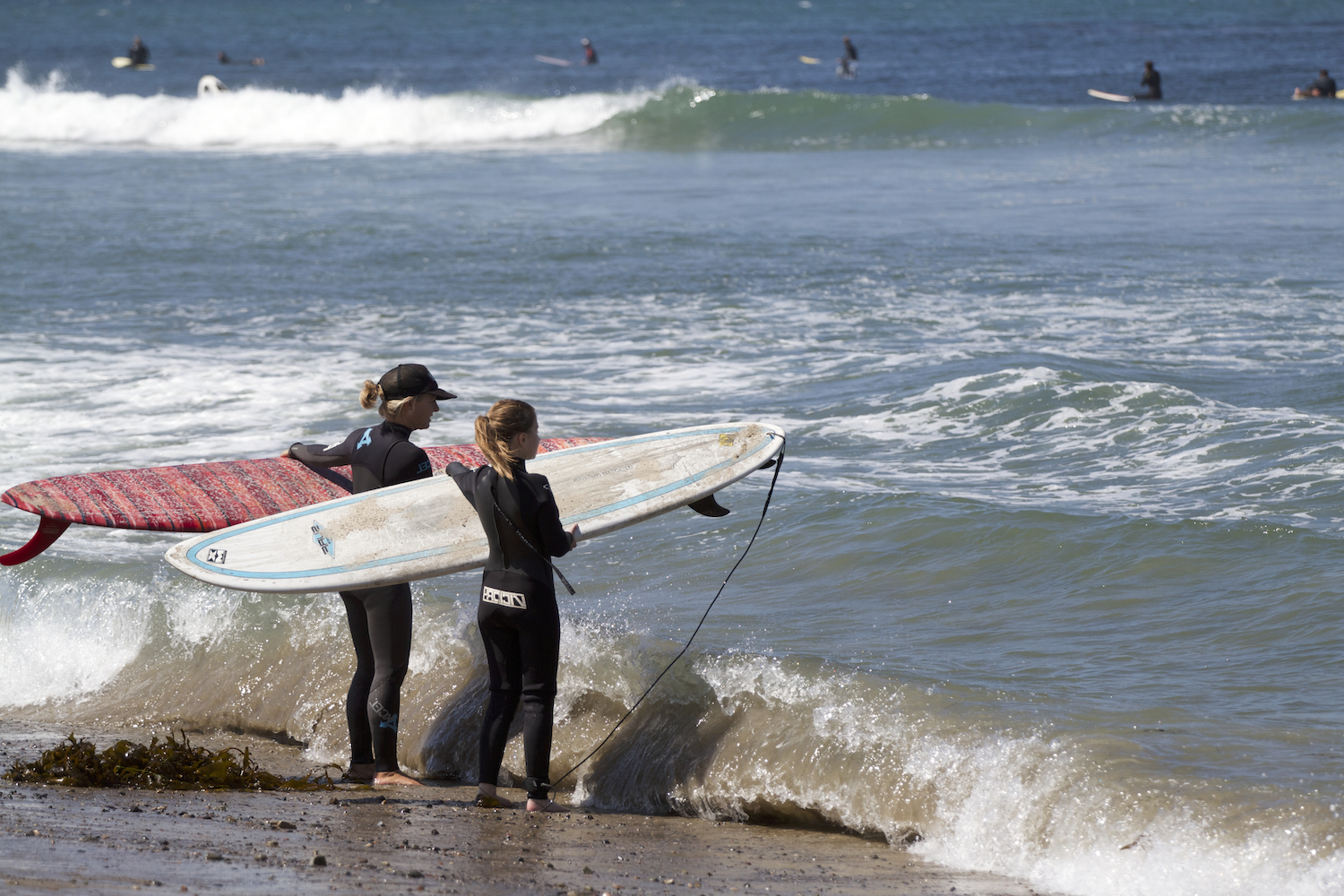Today, on the site of the once fabled palapa, rests one of three county lifeguard towers whose lifeguards patrol the sand and ocean at Malibu Surfrider Beach. After numerous resident complaints of unauthorized and unpermitted “buildings” on the beach, the County of Los Angeles tore down the palm frond-thatched hut, a task that had to be accomplished a number of times as a select group of locals made numerous attempts at rebuilding it. Although the structure itself has since been gone for a number of consecutive years, the area is still referred to by the current sect of locals as the palapa and those who make the trek from the entrance of the wall down to the palapa area no longer have the same power and control as during those prime years throughout the 1990s. This perpetuation of title proved, however, that the reality and language manifested by the likes of Miki Dora were maintained throughout the years.
The Wall – Part Three
My earliest memories of the wall at Malibu go as far back to when I was still in diapers. Later, as a teenager, I become enthralled with surfing and began hanging at the infamous concrete barrier that was once meant to keep average-day citizens like myself off the formerly isolated, private beach. My dad was the first to educate me on the importance on how to earn my ‘rights’ out in the water. As my surfing skills began progressing, I remember him telling me things like, “Make sure you keep your hands down. You don’t want to be flailing them all around.” Or when I asked his advice on how to “hang five” he told me, “Well, whatever you do, don’t shuffle your feet up there, only kooks do that.”
The Wall – Part Two
Surfing at Malibu began somewhere between the 1920s and 1930s and was not generally a problem for the normally territorial woman. “Once they passed the tough and rigorous check-out [armed cowboys at the southern entrance to the ranch], they would head up the Pacific Coast Highway to the recently opened Rancho Malibu. The lads with their boards would crawl through a “friendly” hole in the fence at Malibu Potteries to hit the surf and paddle out to Malibu Point.” In the beginning, Mrs. Rindge’s efforts in keeping the pristine area private resulted in regularly empty beaches and surf lineups.
The Wall – Part One
Preceding the arrival of the Spanish explorer Juan Cabrillo, who set sail from Navidad, Mexico in June 1542, the coastal regions of California from San Luis Obispo to Malibu belonged to the Chumash, a Native American tribe who tended to build villages in favorable locations, one of which was known as, “Humaliwo,” a village in close proximity to the lagoon at the mouth of what is now called Malibu Creek. The word, “Humaliwo,” was recorded with the connotation of “where the surf sounds loudly.”[1] The city of Malibu now rests on acres upon acres of land originally awarded to early California settlers through Spanish land grants.
Women Build Warm Fires
“You might be an eagle scout, but ‘I am woman. Hear me roar.’” Those were the words I wanted to say in response to the frequent “I was an eagle scout” comments made by some of the men during a weekend’s camping trip at Leo Carrillo State Park some years ago while in college. I did not say that; however, instead, I held my tongue, continued building my campfire (that became a darn good fire, if you ask me), and proceeded to observe the various ways the people in our class interacted with the natural, but maintained environment around us. What I discovered from my own interaction, along with those of my classmates, was that I not only hold views of the deep ecologist, conservationist, and preservationist as noted in previous papers, but I also have values that can be equated with the constructionistic and web-of-life ecofeminist perspectives.
Surfing and Deep Ecology
Growing up in a family whose activities centered around the beach, I was exposed to the ocean and shoreline from very early on. As a child, I was naturally inclined to the outdoors and when I went to the beach with my family, I loved digging for sand crabs, building sand castles, and especially, playing in the surf. I distinctly remember feeling a sense of freedom in those early days at the beach- the sounds from the ocean, the smell of the salt air, the warm kiss from the sun, the soft touch from the cool sea breeze- it was at the oceans edge where I felt closest to our mother earth.









